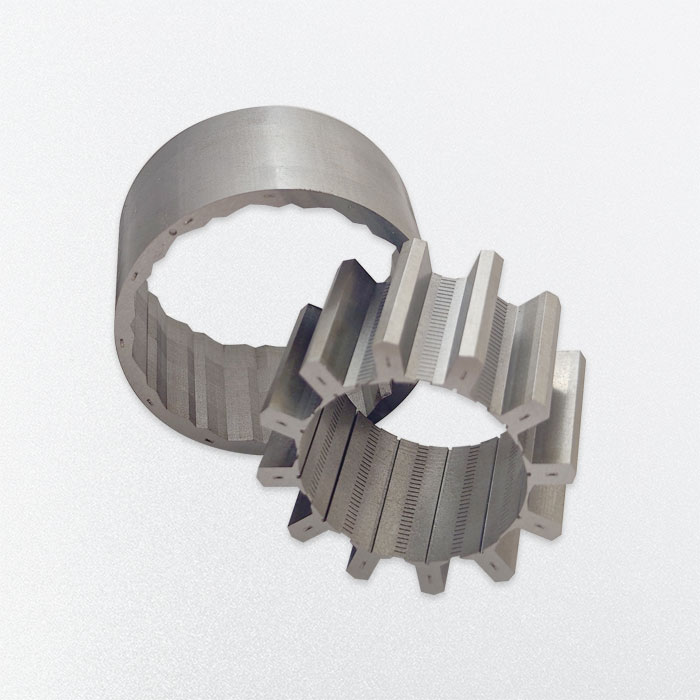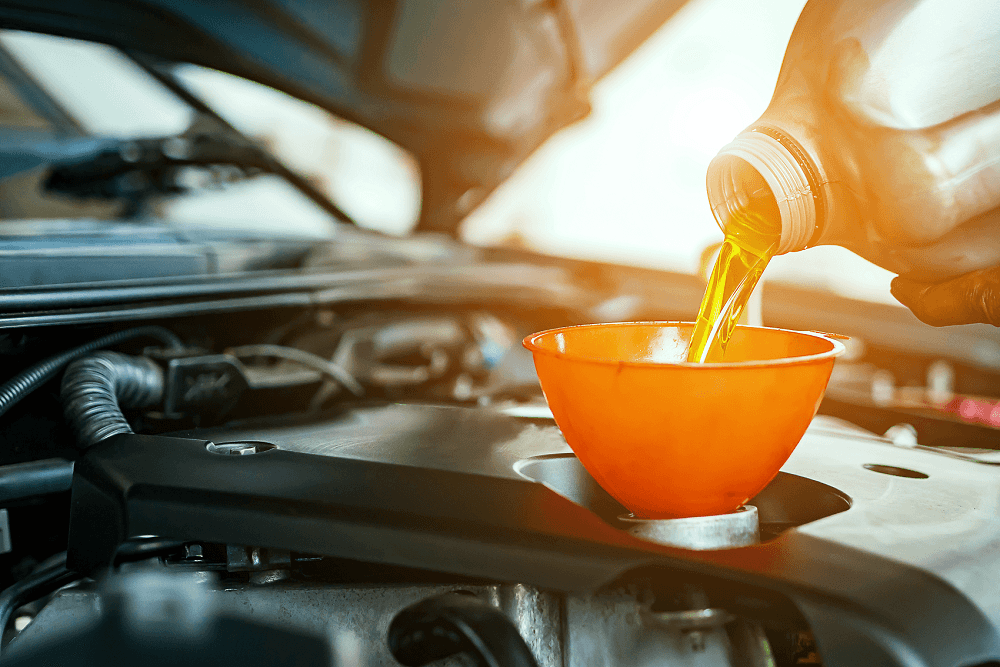Leaf springs are practically dead and buried as far as automobile suspension goes. But leaf springs continue to be one of the key options for supporting suspension when it comes to suspension of buses , trucks, trailers and other heavy duty, commercial vehicles.
The modern leaf springs of the day have not developed much. They have been designed to be more durable and hard-wearing, although the leaf spring ‘s overall duty and how it works remain the same. So what are the benefits and drawbacks of leaf springs?
Benefits Of Leaf Spring
The leaf spring provides quite a few major advantages. Below, we have mentioned a few of the main benefits:
The way the suspension is built is very simple and strong, acting as a connection that keeps the axle in place without the need for a separate connection.
Because of the rear axle position, excess weight and costs are minimized. This removes the need for trailing arms and an AKA track bar (panhard rod).
The weight of the chassis is borne by leaf springs, making them suitable for commercial vehicles.
They Regulate Axle Damping As Well.
Thanks to the high rear moment centre and wide spring foundation, the chassis roll can be managed more effectively. If the springs are placed farther apart, there would be less roll patterns.
Drawbacks Of Leaf Spring
Although the modern leaf spring has many main advantages (particularly when mounted in commercial vehicles), there are also a few drawbacks that you should be aware of. We have these listed below:
They are not always the easiest to install, but there is a straightforward procedure that makes life much simpler to follow.
Because of the inter-leaf friction between each leaf, the riding comfort is not as great.
The springs appear to lose shape over time and can sag. If the sag is uneven, the vehicle’s cross weight can be changed, which can slightly impact the handling. The axle-to-mount angle may also alter this.
Acceleration and braking torque can produce wind-up and vibration. The wind-up can also cause nose-diving and squat at the rear end.
It’s important to consider the benefits and disadvantages, particularly when it comes to vehicle efficiency, before making any purchase.

Why Choose Leaf Springs ?
The basic anatomy of a leaf spring consists of large layers of metal, meaning they can cope with enormous vertical loads. They provide a tremendous amount of support between the wheels, axles and the frame of the vehicles, making them suitable for commercial vans, pickups, trailers and trucks, where it is necessary to support higher weights.
With only commercial vehicles still still using leaf springs for suspension, you’ll have to go back a few decades to discover ‘performance’ cars with that kind of suspension – of course, Corvette aside. The leaf spring definitely had its time at the forefront of vehicle damping, from a gladiator’s chariot to a Ford Mustang GT, but the era of the spring and damper is well and truly in full swing despite its basic nature.
Get in touch with Sanderson Leaf Springs if you’re in need of Leaf springs for Toyota. They have been providing replacement Toyota Hilux leaf springs to customers across the country for many years.













:max_bytes(150000):strip_icc()/GettyImages-522272311-5949bdc15f9b58d58a035319.jpg)
